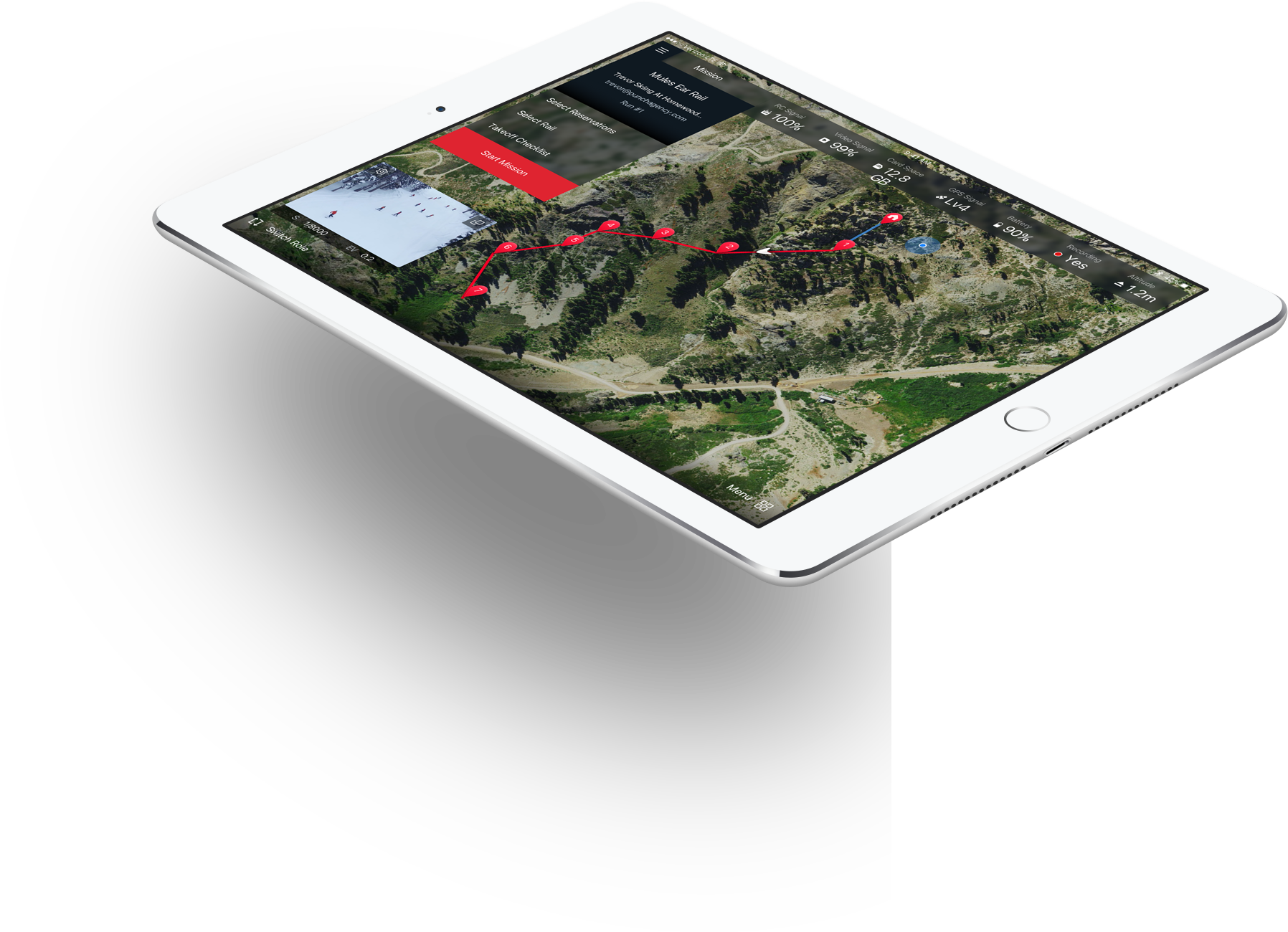Class methods can be called by inserting a ‘class’ property and name within an HTML element, then calling the class name with a ‘.’ in the CSS doc.
The code listed here identifies the class ‘intro’ in the HTML doc, then applies the same background-color styling to all paragraphs within that class.


